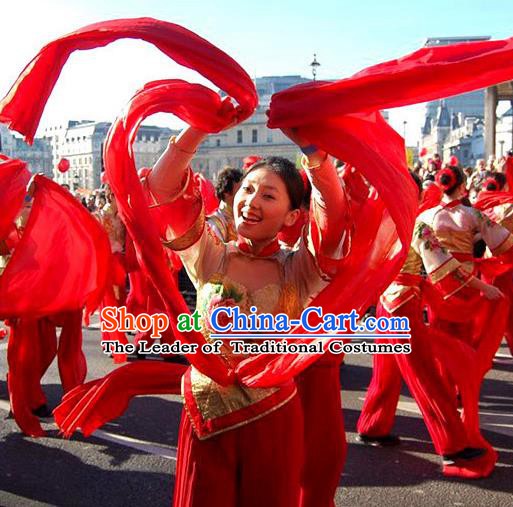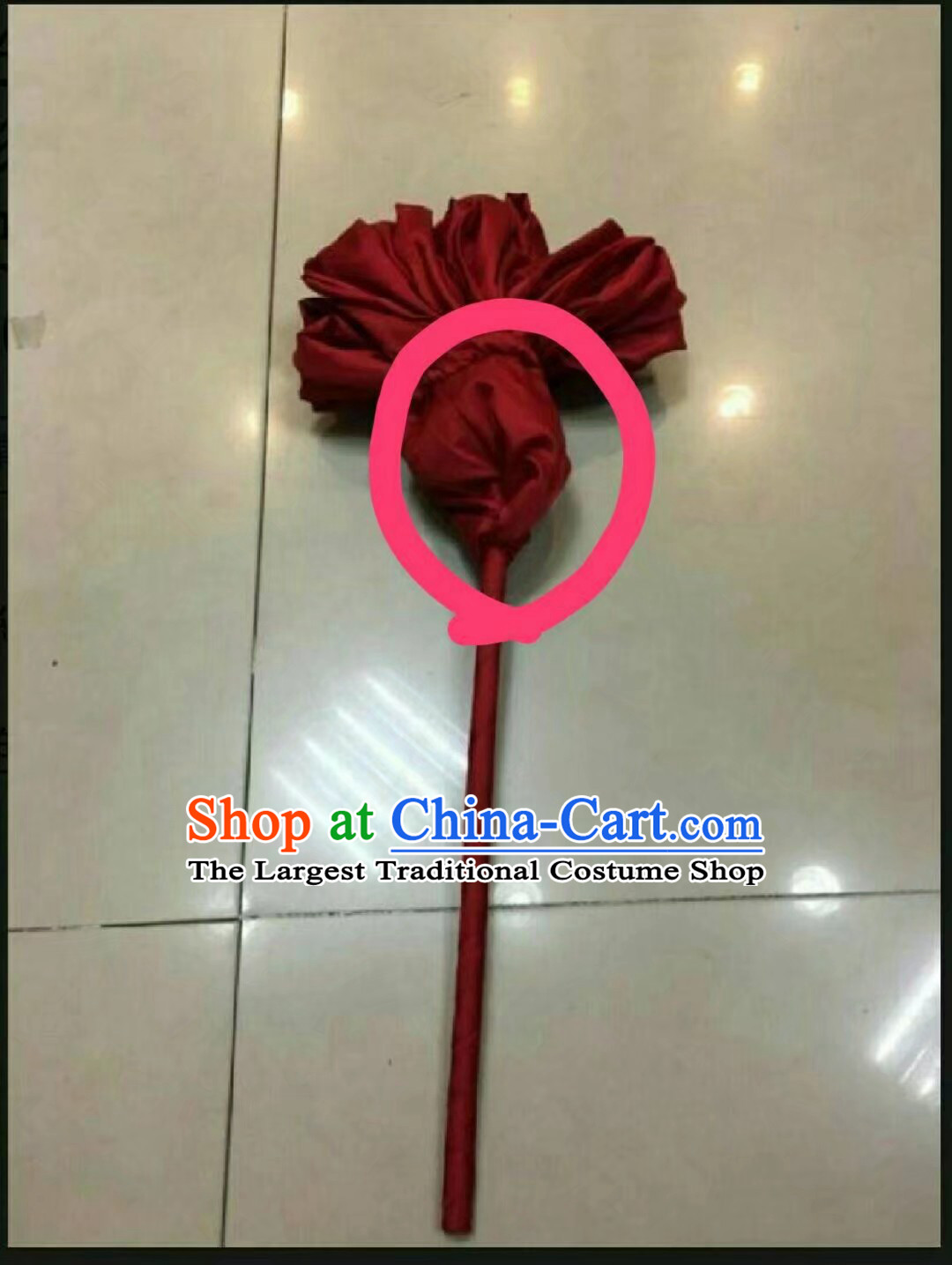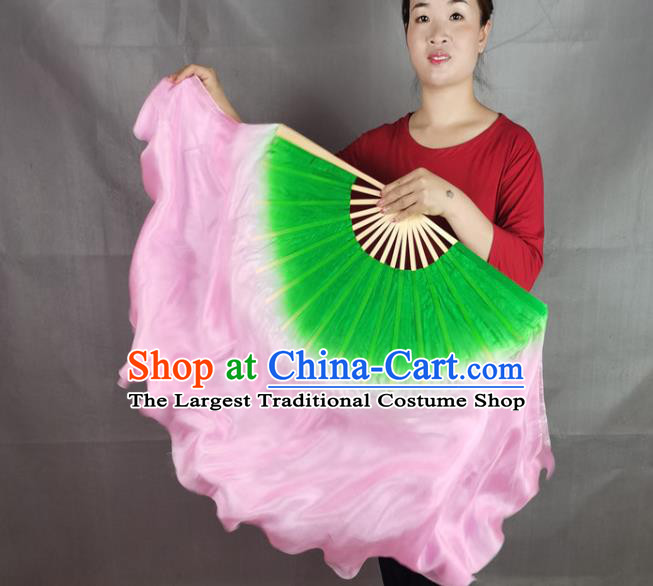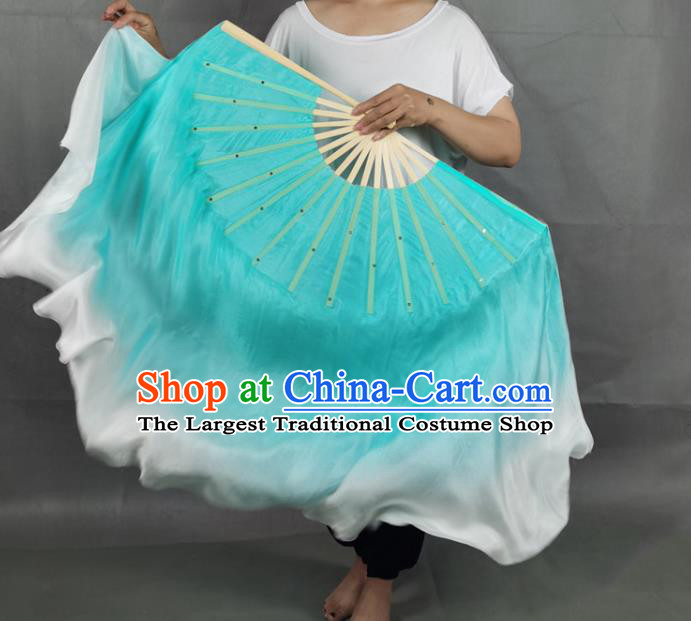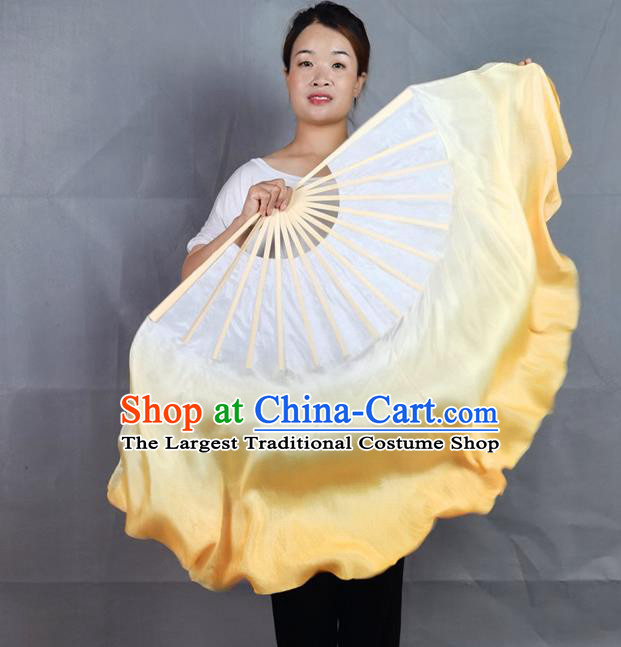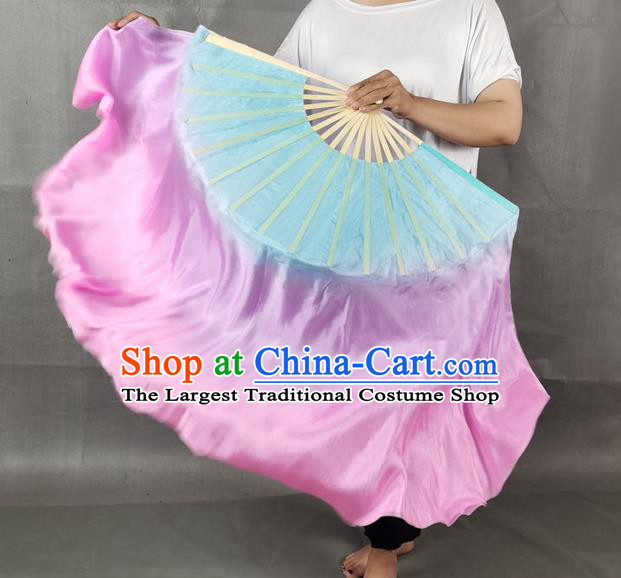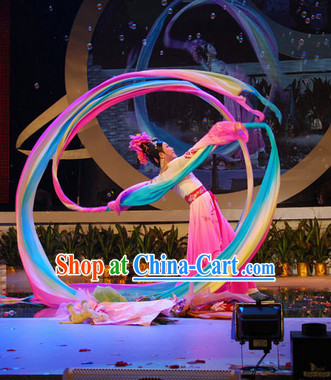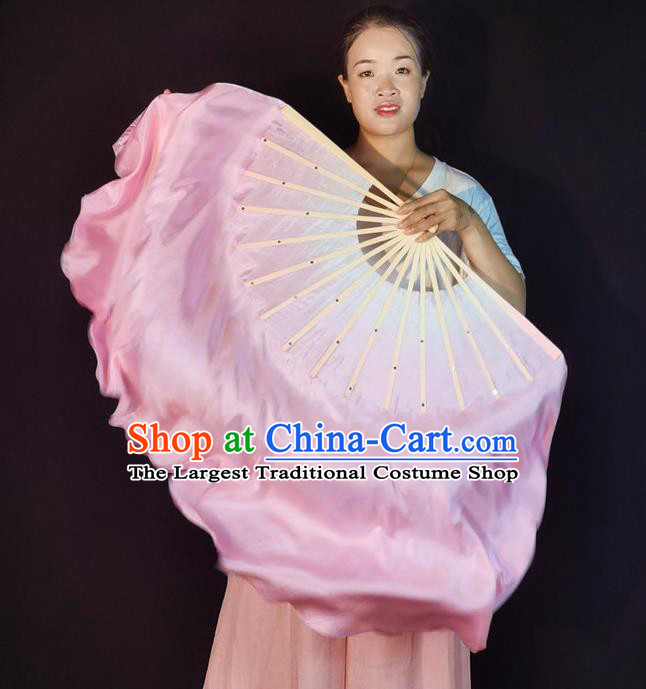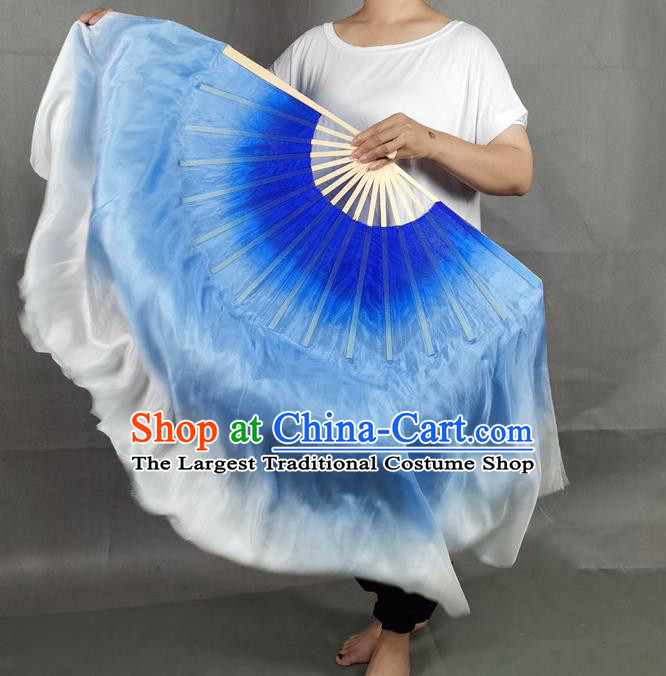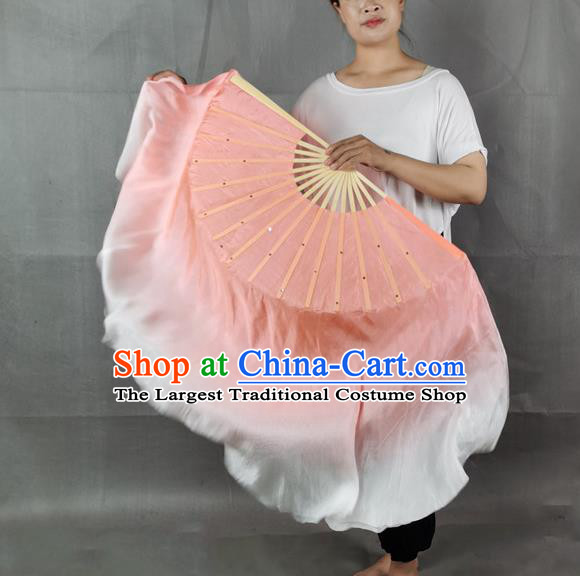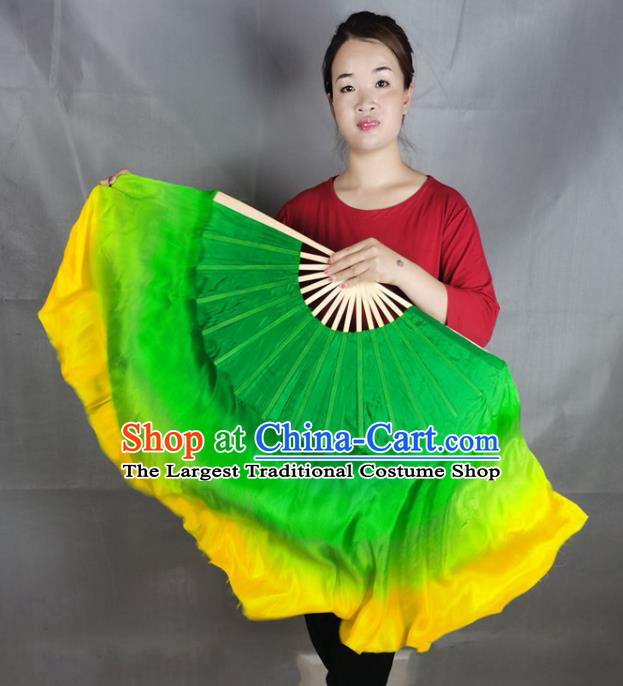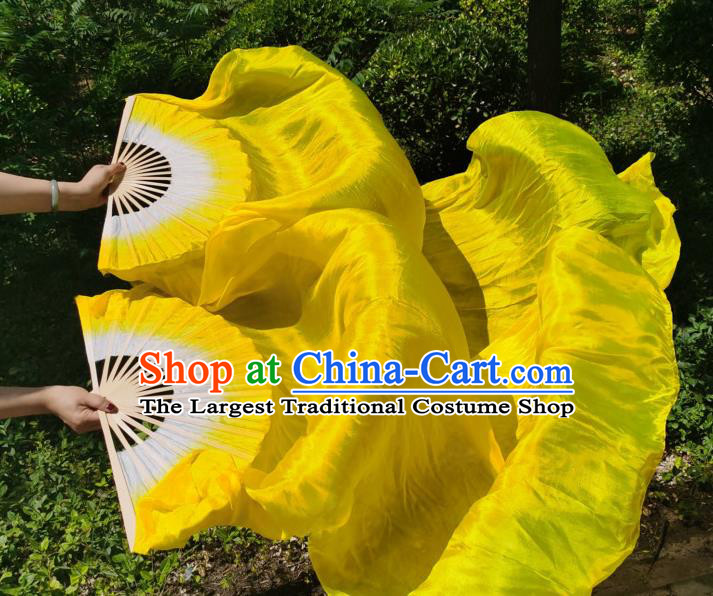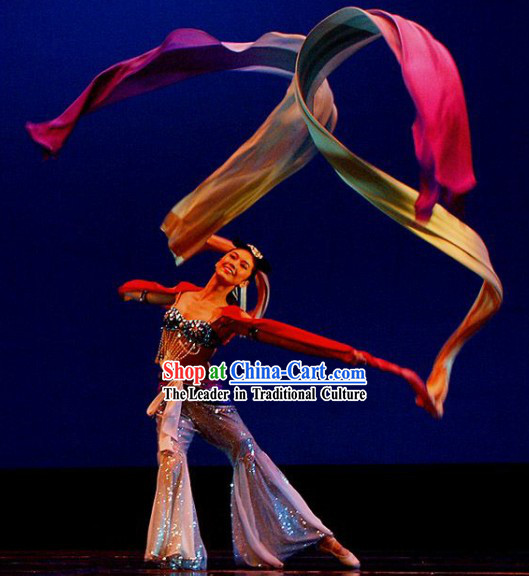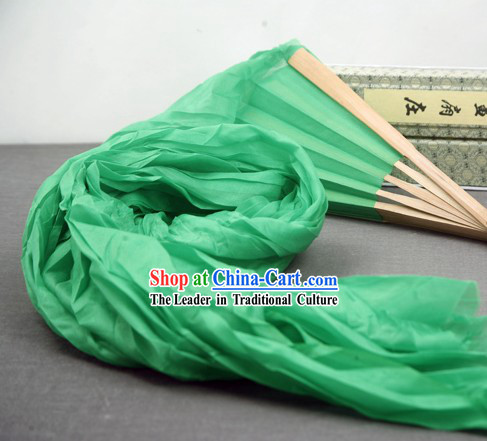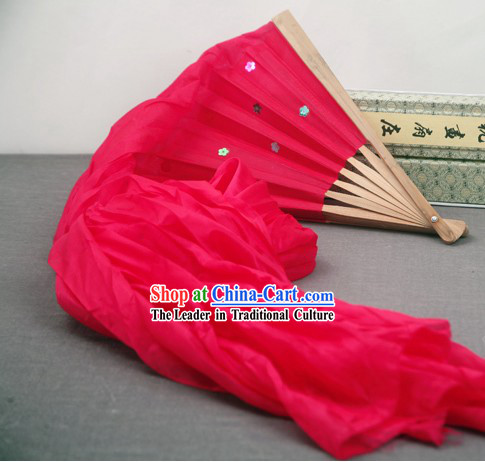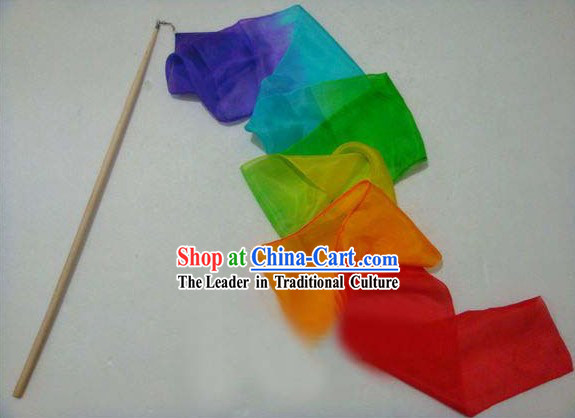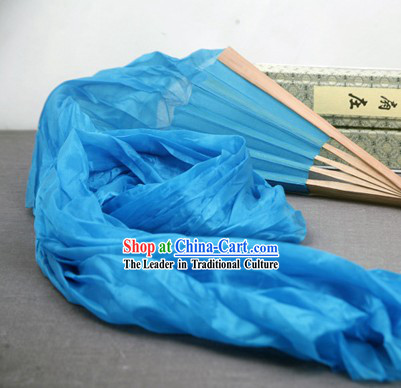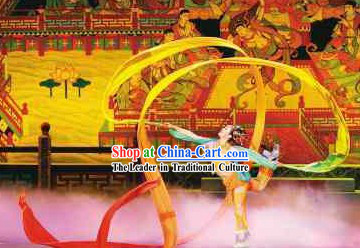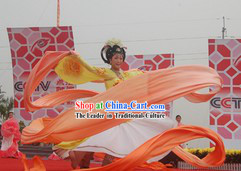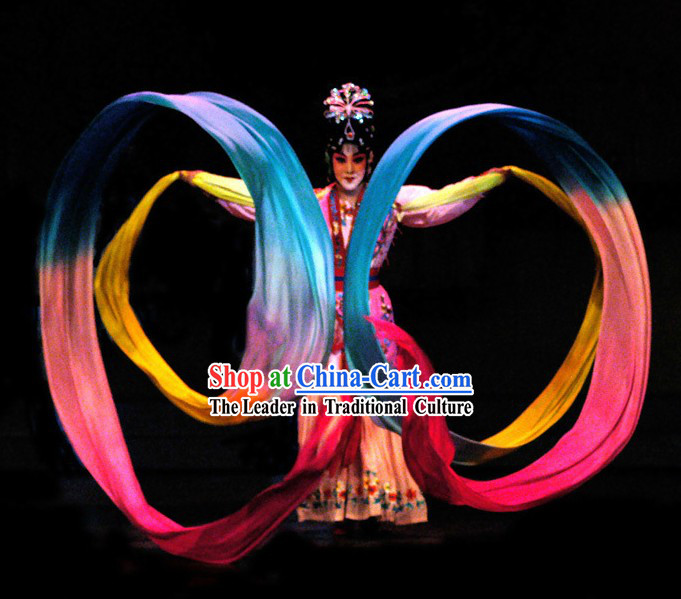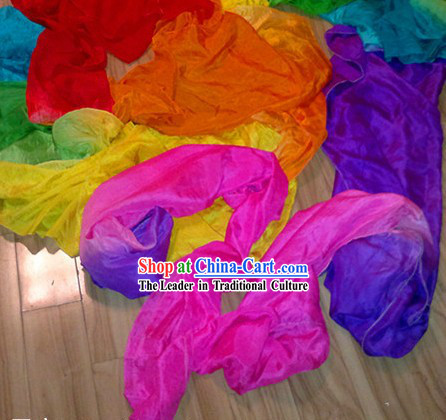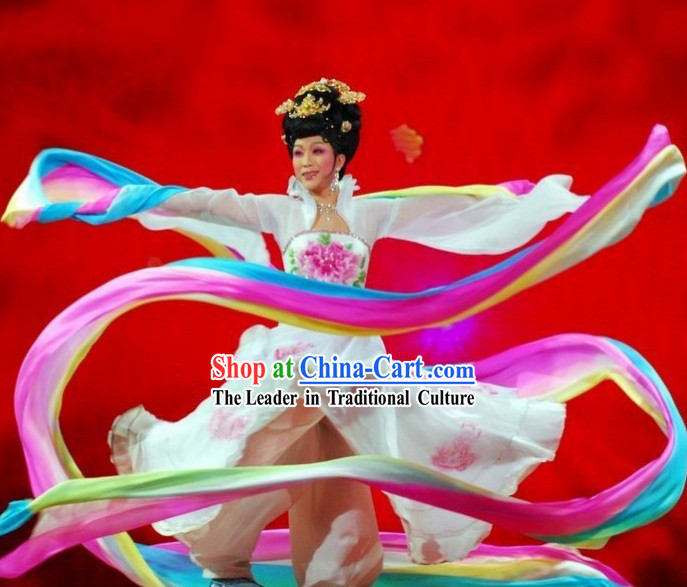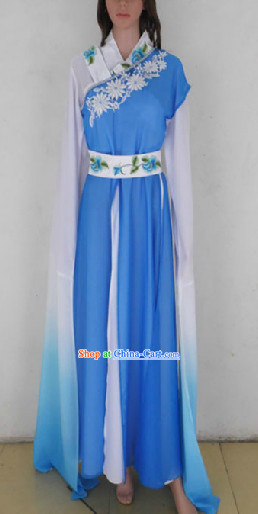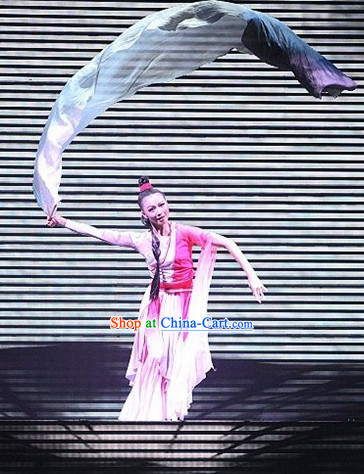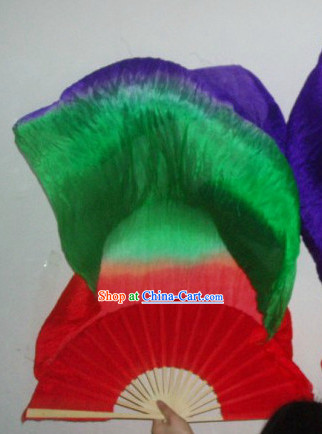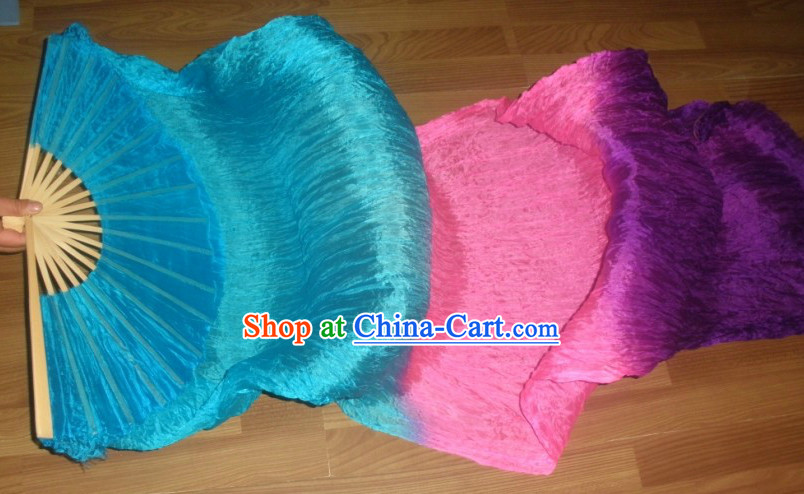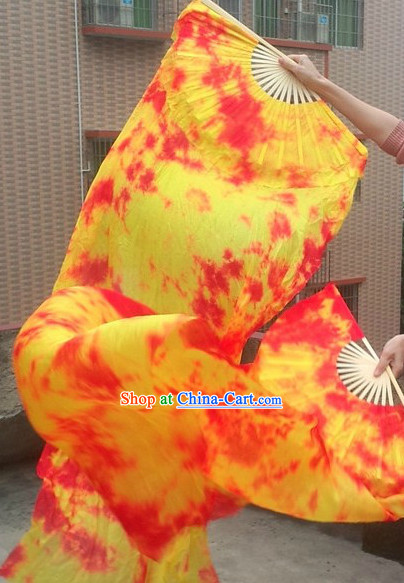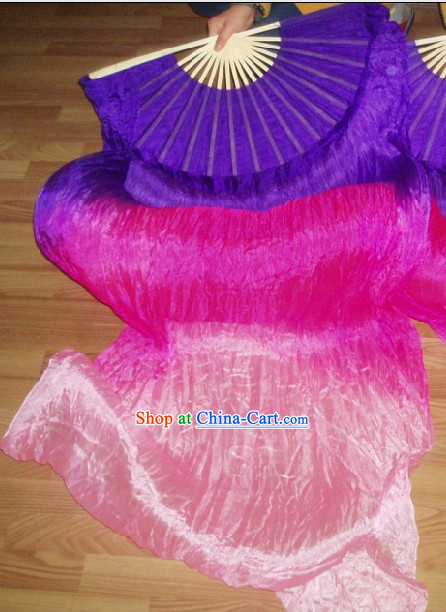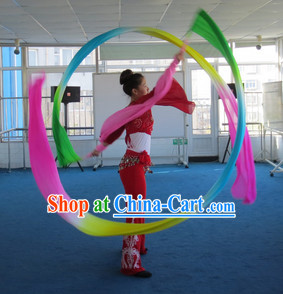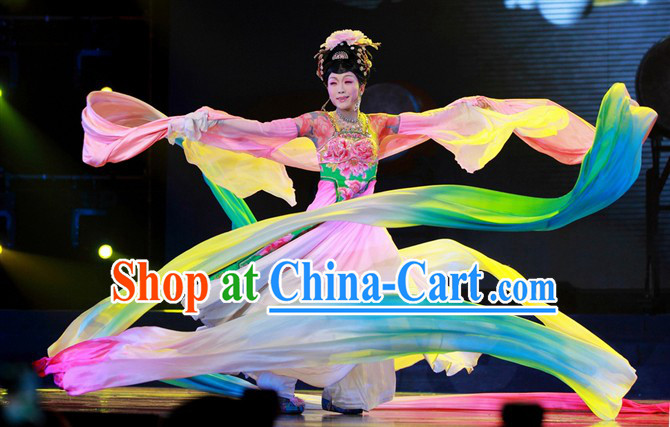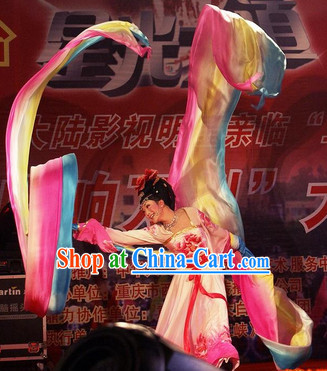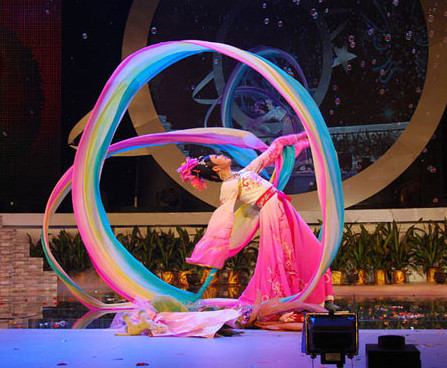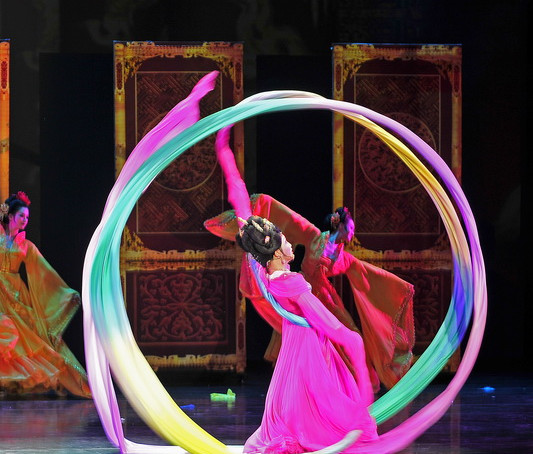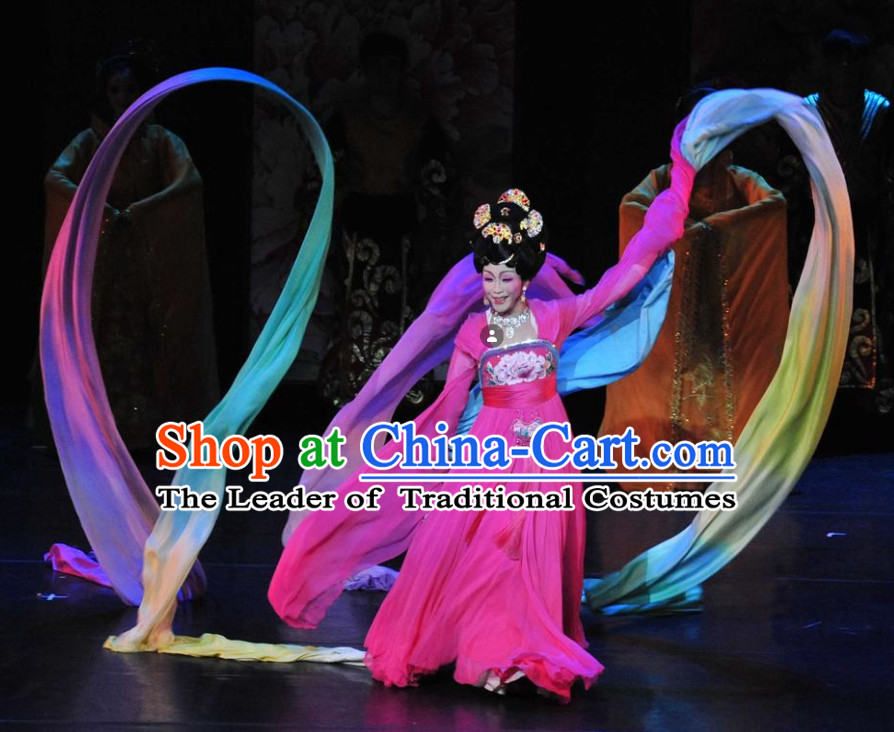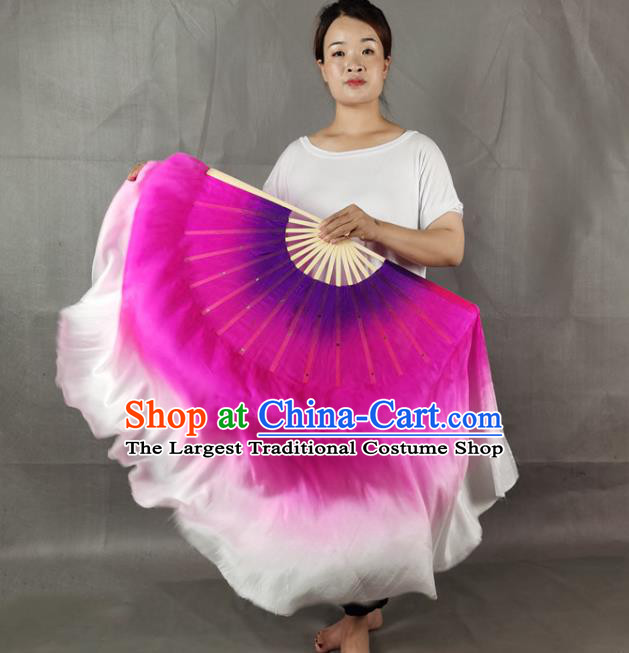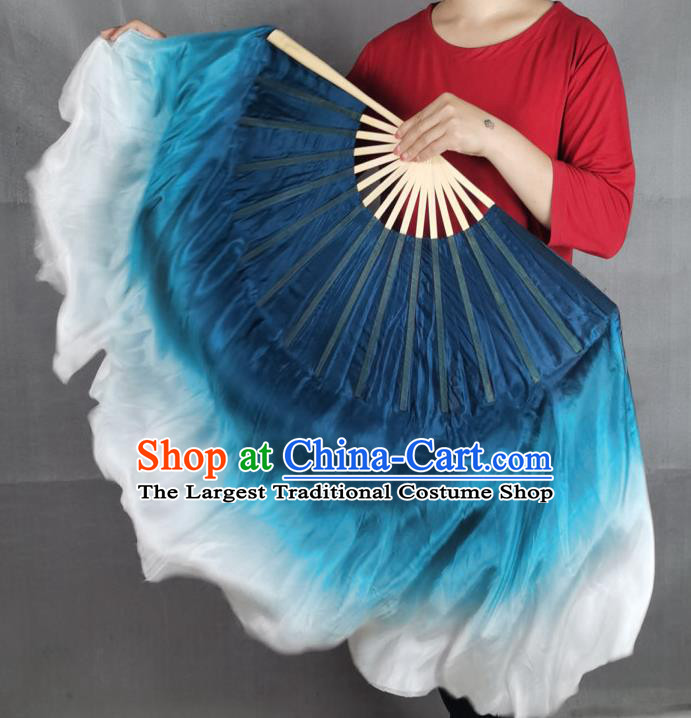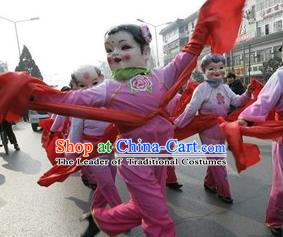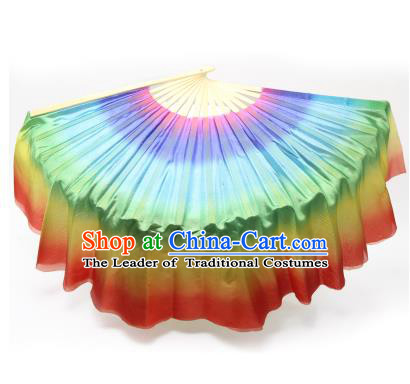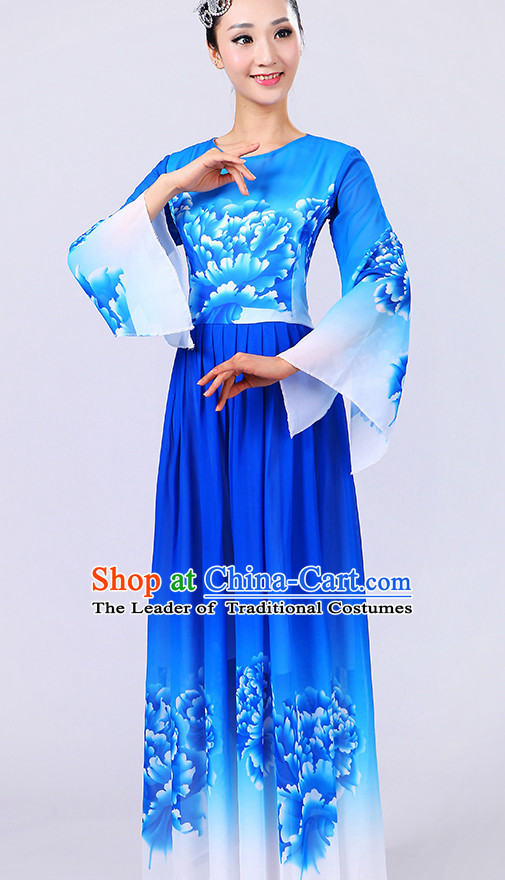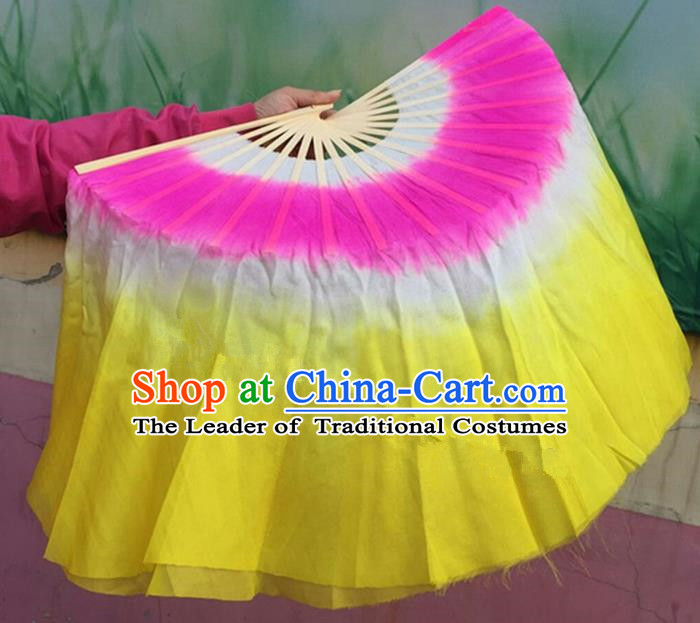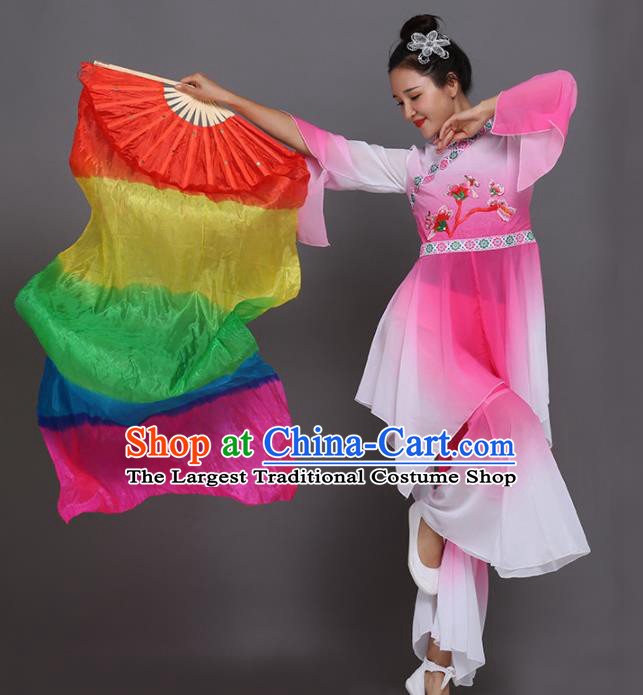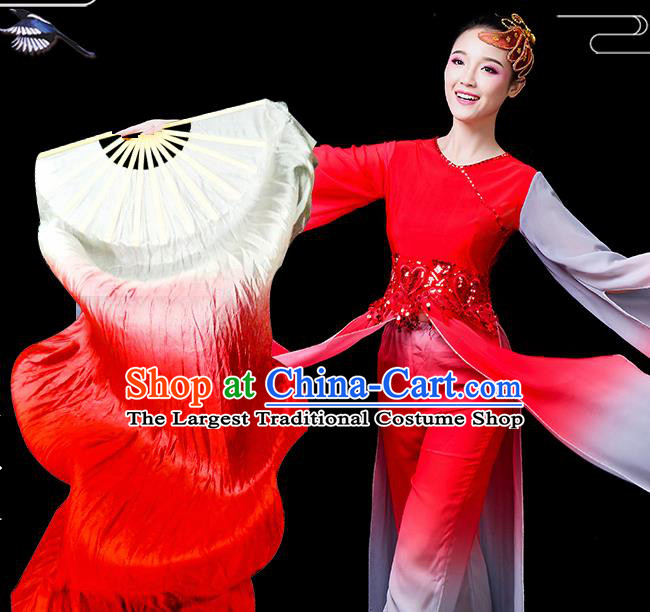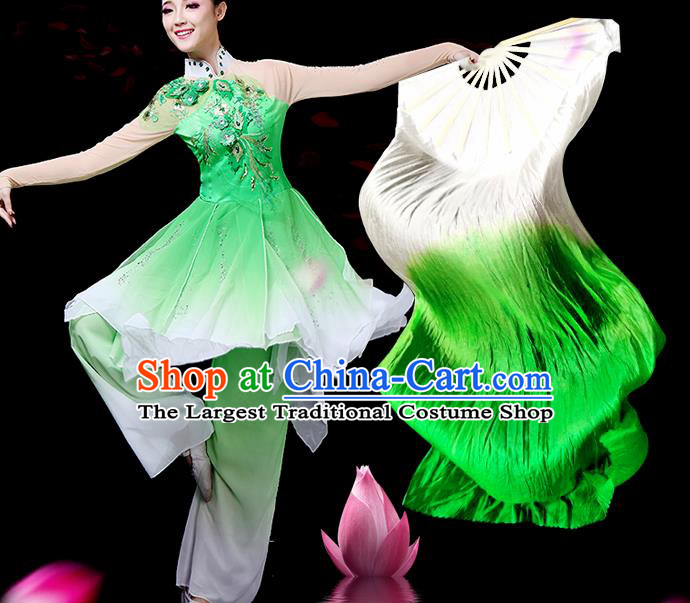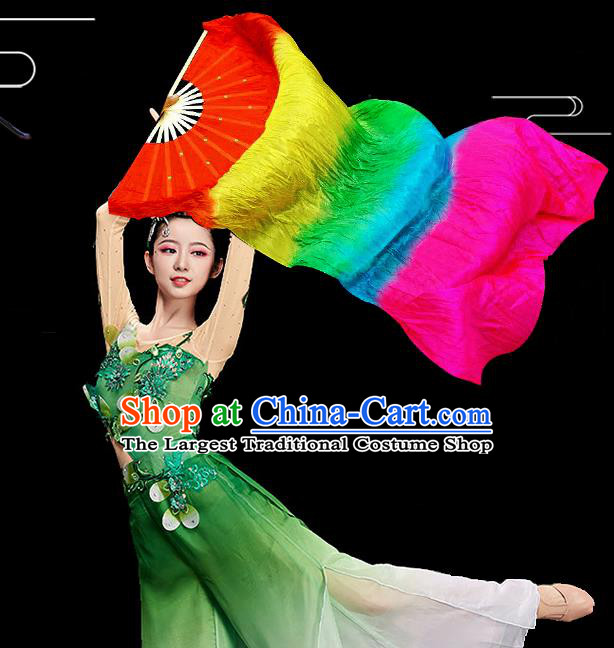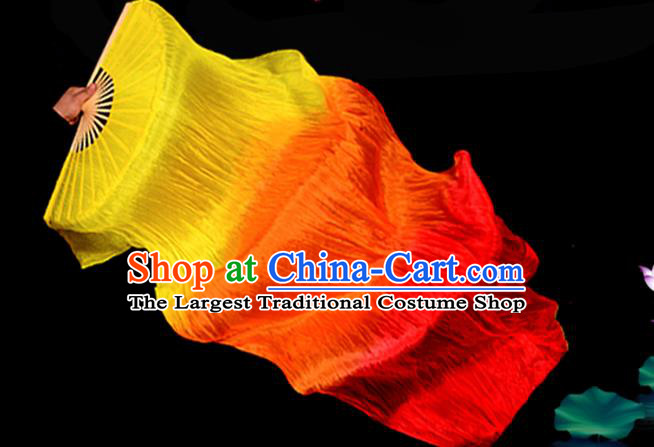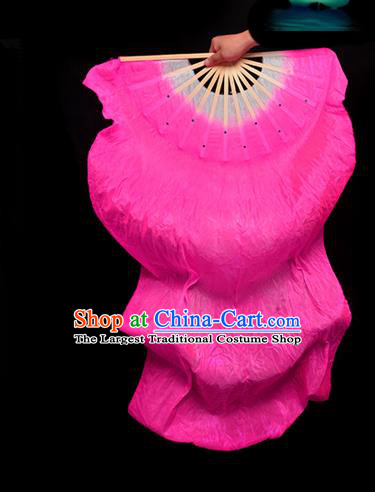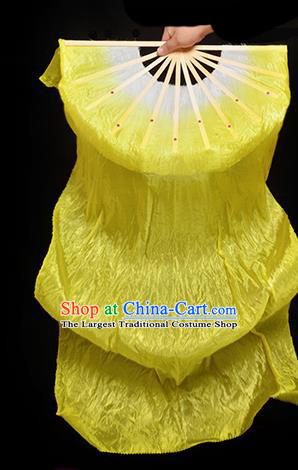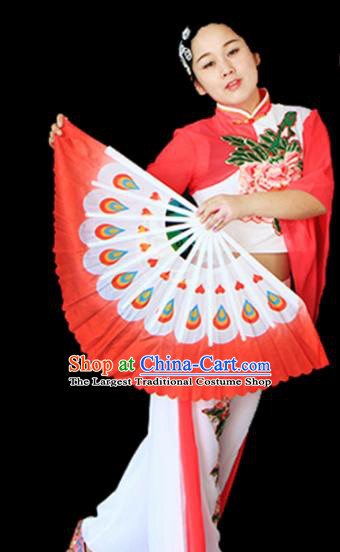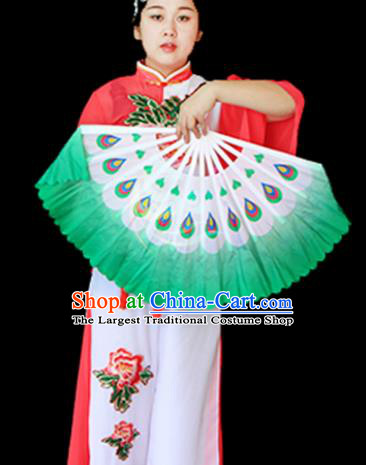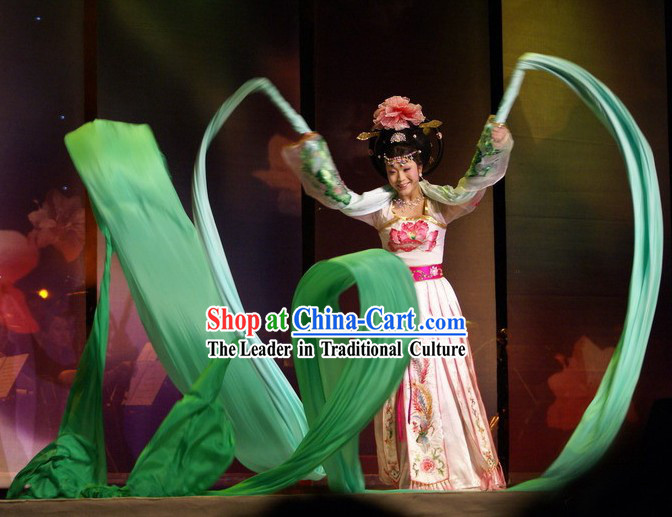
Click Related Pictures for More Audios:
The graceful dance of Chinese long silk is like a fairy, full of artistic charm and cultural connotations.
It represents the essence and wisdom of ancient Chinese culture.
Originating from the Tang Dynasty, it has developed and evolved through the Song, Yuan, Ming, and Qing dynasties, gradually forming its unique style and techniques.
This dance primarily uses long silk as its prop, expressing emotions and artistic conceptions through the dancer's body language and movements, showcasing the profoundness and unique charm of ancient Chinese culture.
Long silk dance is not only an art form but also a carrier of cultural heritage and historical memory.
Through the interpretation and display of the dancers, it allows the audience to feel the profound cultural heritage and rich connotations of ancient Chinese culture, while conveying a positive attitude towards life and spiritual pursuit.
In modern society, long silk dance, as a traditional cultural art form, still receives love and attention from people.
It is widely used in various literary and artistic performances, as well as in schools and communities for popularization activities, allowing more people to understand and appreciate the charm of Chinese traditional culture.
The inheritance and development of long silk dance are not only a respect and continuation of ancient culture but also a contribution to the innovation and development of modern culture.
Through continuous exploration and innovation, it combines traditional culture with modern art, creating more colorful artistic forms and expressions.
The elegant dance of long silk brings people an aesthetic, refined, and mysterious artistic atmosphere, allowing them to have a deeper understanding and recognition of the historical significance and value of ancient Chinese culture.
